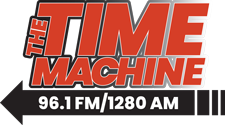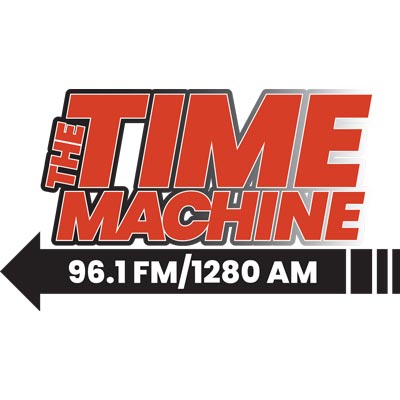The week ahead presents critical inflection points for U.S. monetary policy and economic outlook, with GDP revisions, inflation data, and sentiment indicators offering insights into the economy’s trajectory amid trade and fiscal policy uncertainty. Key releases include the second estimate of Q1 GDP, April Personal Consumption Expenditures (PCE) data, and consumer confidence readings that will shape Federal Reserve expectations.
Consumer Sentiment Signals Trouble Ahead
Consumer confidence declined for the fifth consecutive month in April, falling to levels not seen since the COVID pandemic onset. More concerning, consumers’ expectations for the future fell to a 13-year low in April. The main culprit: fears of declining employment prospects and lower expected future income.
When people begin to worry about the future, they pause. Discretionary spending plunges first, followed by everything else. Households that are worried about their future incomes also tend to stay put, resulting in a decline in housing demand and home sales.
The Savings Rate Inflection Point
After a surge in spending to get ahead of the tariffs, this week’s Personal Consumption Expenditures report will reveal whether the savings rate is now climbing again. The savings rate fell to 3.9% in March from 4.6% in January – mostly due to tariff front-loading.
Personal income growth has shown signs of moderation in recent months, with businesses implementing more cautious hiring practices amid trade policy uncertainty. While equity markets have recovered from the April panic, helping to loosen financial conditions, the underlying income growth trajectory shows clear deceleration as hiring rates slow and business confidence continues to deteriorate.
The Fed’s Preferred Inflation Measure Takes Center Stage
This week’s main event will be the April update for the Fed’s preferred inflation gauge – the PCE price index.
The PCE price index fell in March, declining 0.04% compared to February’s 0.44% increase. On a year-over-year basis, price growth decelerated to 2.3% from 2.7%. Core prices advanced just 0.03%, down from 0.5% in February, resulting in a rapid decline in core inflation to 2.6% year-over-year from 3% in February.
Following March’s disinflation, April data will reveal whether tariff-related price pressures are beginning to show through in the Fed’s preferred inflation measure, particularly in goods categories most affected by trade policy changes.
The Bottom Line
Although inflation is moderating, the Fed has been careful to remain on the sidelines – partly due to uncertainty surrounding the impact of the latest tariffs but also due to the trajectory of budget deficits. While the government policy agenda implies some upward price pressures, higher deficit spending could offset the negative impact of tariffs on aggregate demand.






